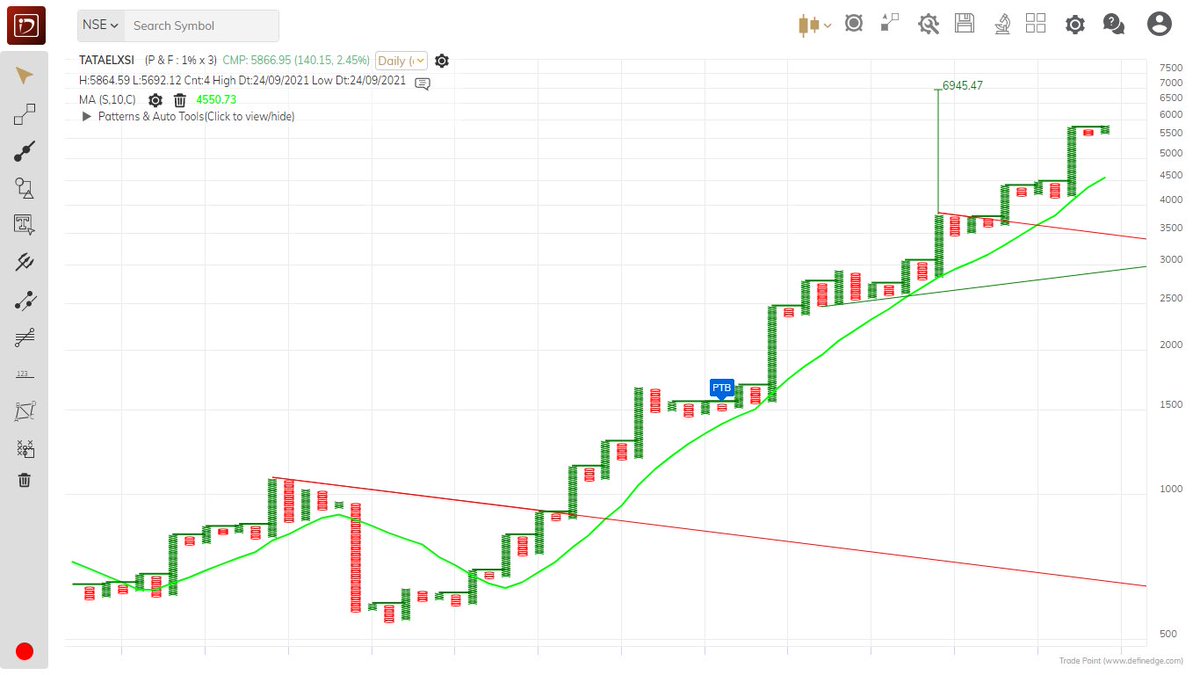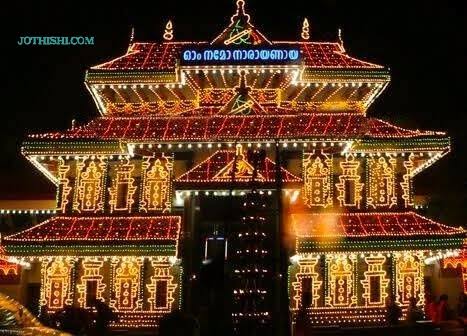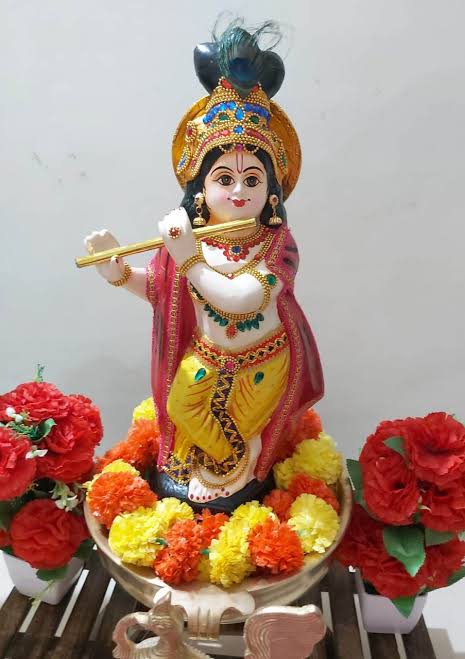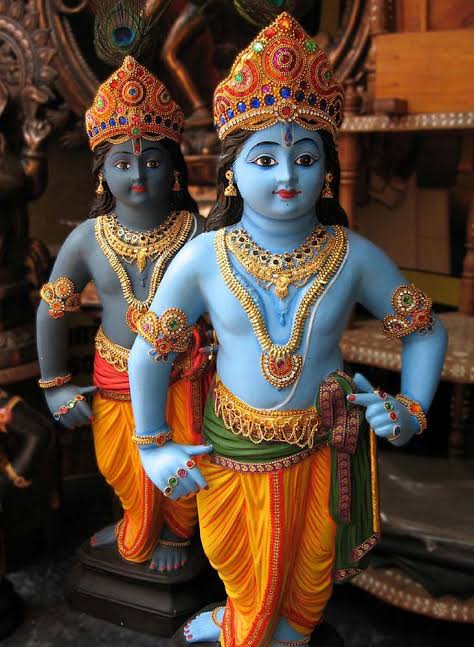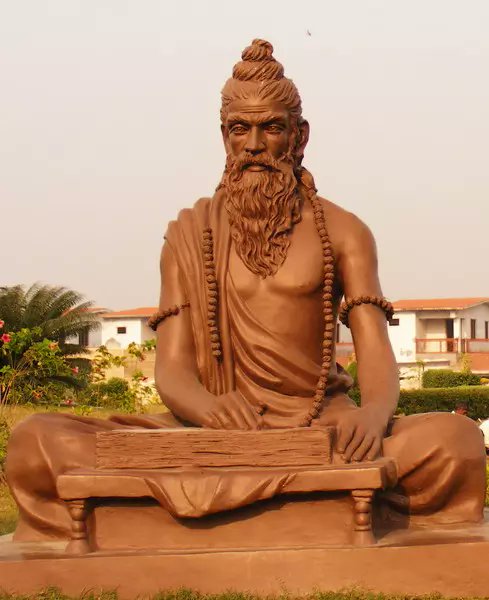While Q3 is still sometime away, we'll see the benefits of the additional 200,000 units added until Q3FY22.
ACRYSIL is also expecting a tie up with Menards and something for Home Depot and Lowe's as well maybe once they touch a million units capacity.
Acrysil Ltd
— Shubham Mishra\U0001f1ee\U0001f1f3\u26a1 (@shubhfin) June 28, 2021
Acrysil Limited announces Capacity Expansion of Quartz Kitchen Sinks by additional 140,000 units p.a. to meet Global demand@saketreddy pic.twitter.com/jXWUmmLIo2
More from Saket Reddy
Domestic MDF market size is pegged at 2500Cr currently & is
expected to grow at 15% CAGR over the next 3 years (organised players to grow even faster).
The industry further has potential to capture incremental opportunity of 4500-5000Cr low-end plywood market. https://t.co/Cre3xVUNqu

GREENPANEL had 1,400 dealers (retail business) as of FY21 and added 250 dealers in 6MFY22. Target to
increase this to 2,200 by FY23.
The industry further has potential to capture incremental opportunity of 4500-5000Cr low-end plywood market. https://t.co/Cre3xVUNqu

GREENPANEL would grow earnings at 15-20% CAGR over the next 3-5 years with ROCE & Margin expansion once they commision the de-bottlenecked capacity in FY22 and the brownfield AP CAPEX in FY23/FY24.
— Saket Reddy (@saketreddy) October 14, 2021
Huge runway for growth, industry structure (both MDF & RE) turned for the good! https://t.co/jFTZCwhNMS
GREENPANEL had 1,400 dealers (retail business) as of FY21 and added 250 dealers in 6MFY22. Target to
increase this to 2,200 by FY23.




